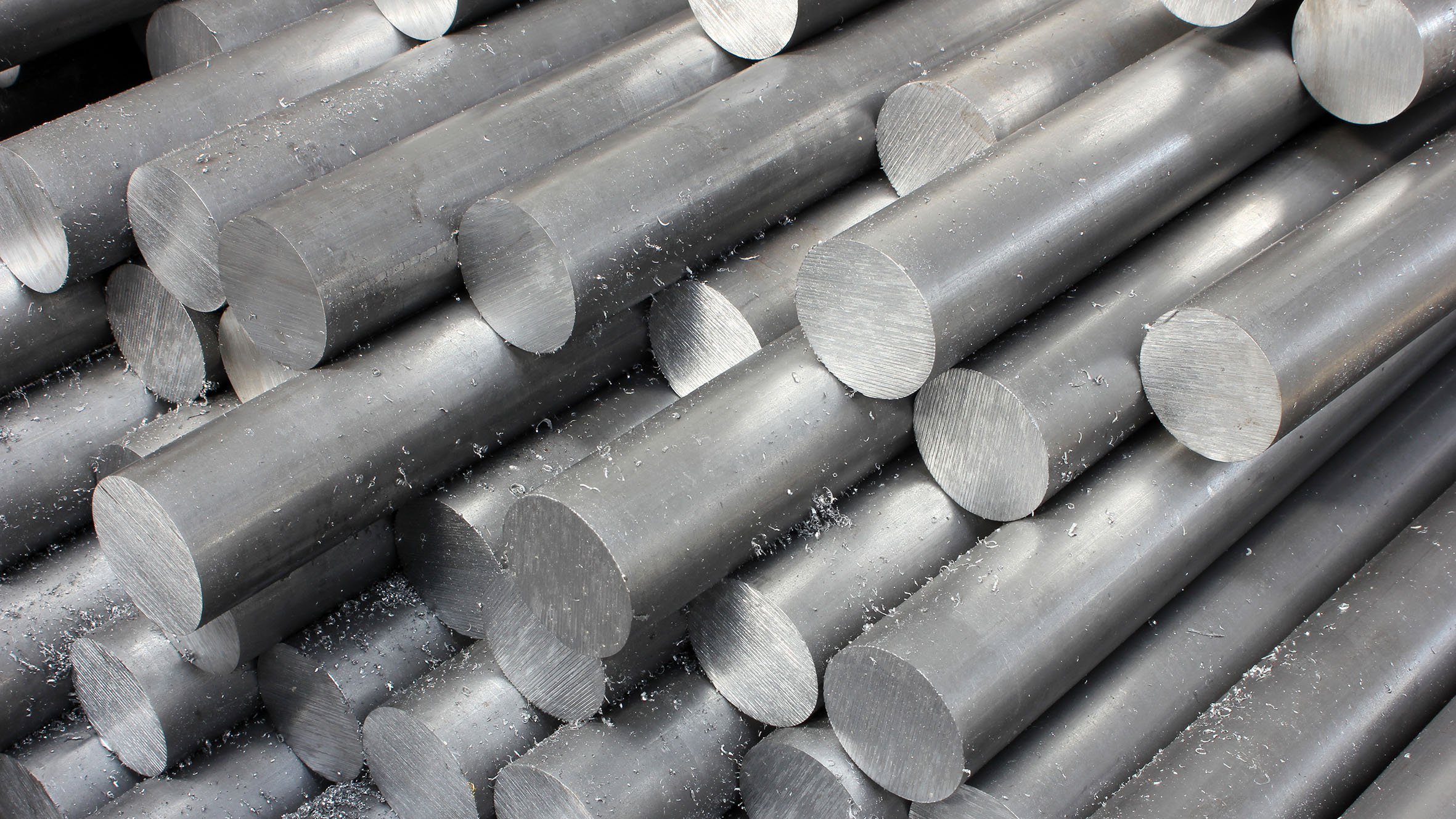Engineering Novel Alloys
At a fundamental materials property level, the structure, chemistry, and properties of bulk materials vary through changes in thermodynamic variables such as temperature, composition, pressure, and the chemical potential. This behavior remains true at a local level, where extended defects (e.g., dislocations, grain boundaries, stacking faults) can also be described by a set of thermodynamic parameters and thus, can exist as their own thermodynamically stable state, which in theory can be described further through a unique defect phase diagram. Utilization of so-called defect phases represents an exciting new opportunity for engineering microstructures, combining the principles of phase and defect engineering to obtain precise microstructural control. Early work on such defect phases has indicated a potential for enhancing mechanical properties and thermal stability, with engineered disordered interfaces leading to stable nanocrystalline aluminum alloys at 70% the melting temperature. Furthermore, some evidence has been provided for the formation of defect phases following neutron irradiation, with the nucleation of precipitates along dislocation networks consequently leading to severe hardening and embrittlement, followed by early failure. Here, we explore the role of extended defects on local phase transitions, utilizing such features to tailor material properties.

